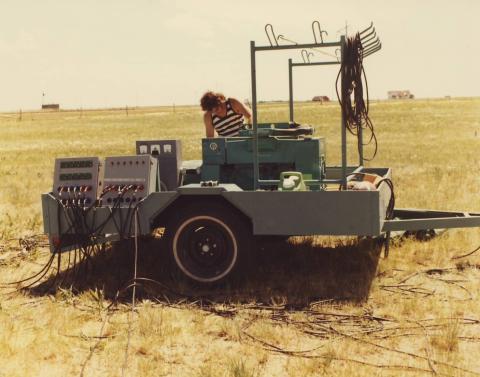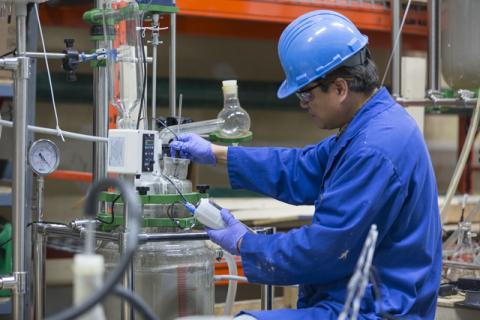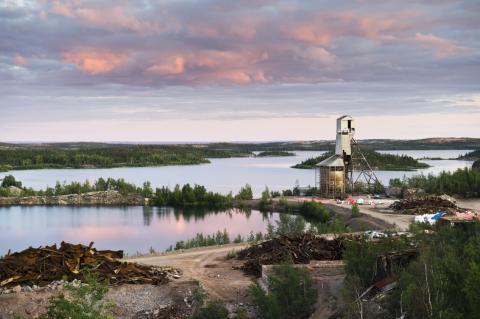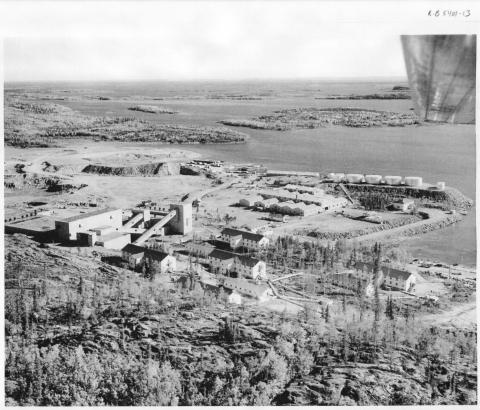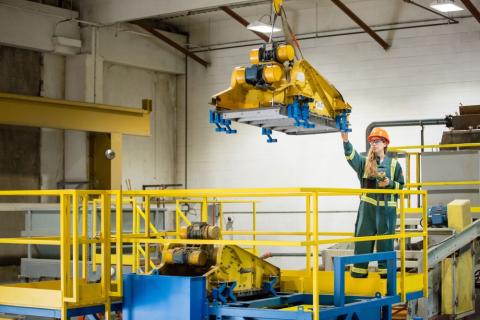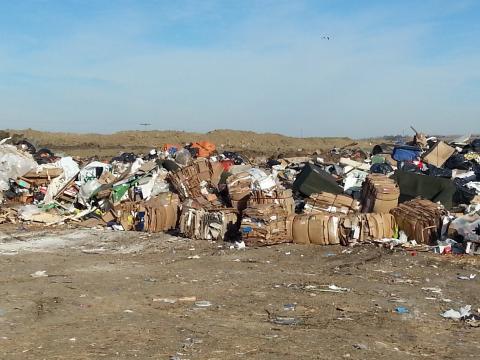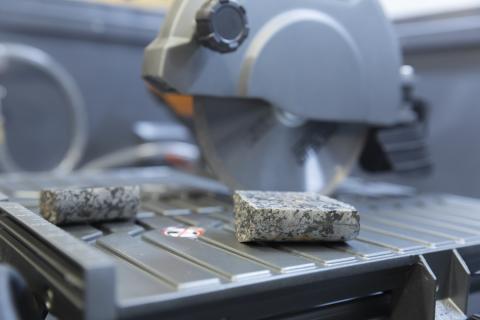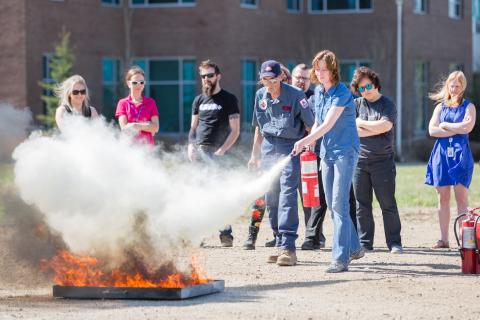Inside SRC
Throughout the 1970s, SRC investigated pesticide spray drift, which happens when pesticides drift beyond the targeted crop area (including runoff from plants and soils) by accident. Learn about the field trials and the results of the study.
The demand for lithium is projected to increase 73 per cent by 2025. Lithium extraction is often expensive and time consuming, so how can mining companies keep up with this fast-rising demand? Keep reading to learn about new advances in lithium recovery technologies.
The Gunnar Mine and Mill Site was abandoned with little to no decommissioning after it ceased operation in 1964, leaving behind significant hazards to the environment and public. Learn about the decades after the Gunnar Site closed and what's being done to remediate the land.
The Gunnar Mine operated from 1955-1963 and officially closed in 1964 with little to no decommissioning. In 1956, it was considered to be the largest uranium producer in the world. Learn about the construction of the site, the operational challenges and the town site that was built - and why it became a ghost town.
Learn why three students from SRC’s Aboriginal Mentorship Program chose a STEM education and what their careers aspirations are. Each of them have a unique story, which we hope will inspire other Indigenous youth to consider a career and education in STEM.
Like many municipalities, the City of Swift Current is looking at methods to preserve the airspace at their landfill. One option is to reduce the volume of disposed cardboard and waste wood going into the landfill - but how? SRC explored several alternative uses for recycled cardboard. Learn which one is the most promising.
Uranium mining companies face a significant processing challenge unique to their industry: the core samples they drill and extract are radioactive. When radioactive material is cut, the dust becomes an issue. Learn how this problem was solved with a custom saw box.
Remediating a contaminated site may have positive and negative impacts on biodiversity. Learn how a sustainable approach to remediation involves planning and implementing environmental protection throughout the entire remediation process.
Unforeseeable events, activities and disasters can be challenging for even the most prepared companies, communities and individuals. Organizations, large and small, must ensure that emergency plans, procedures and notifications are communicated effectively and are well known to everyone. Learn how SRC develops and runs its emergency management programs.
Time to get out your library card or e-reader, SRC's President Emeritus Dr. Laurier Schramm shares his top five books about technological innovation for National Get Caught Reading Month.
